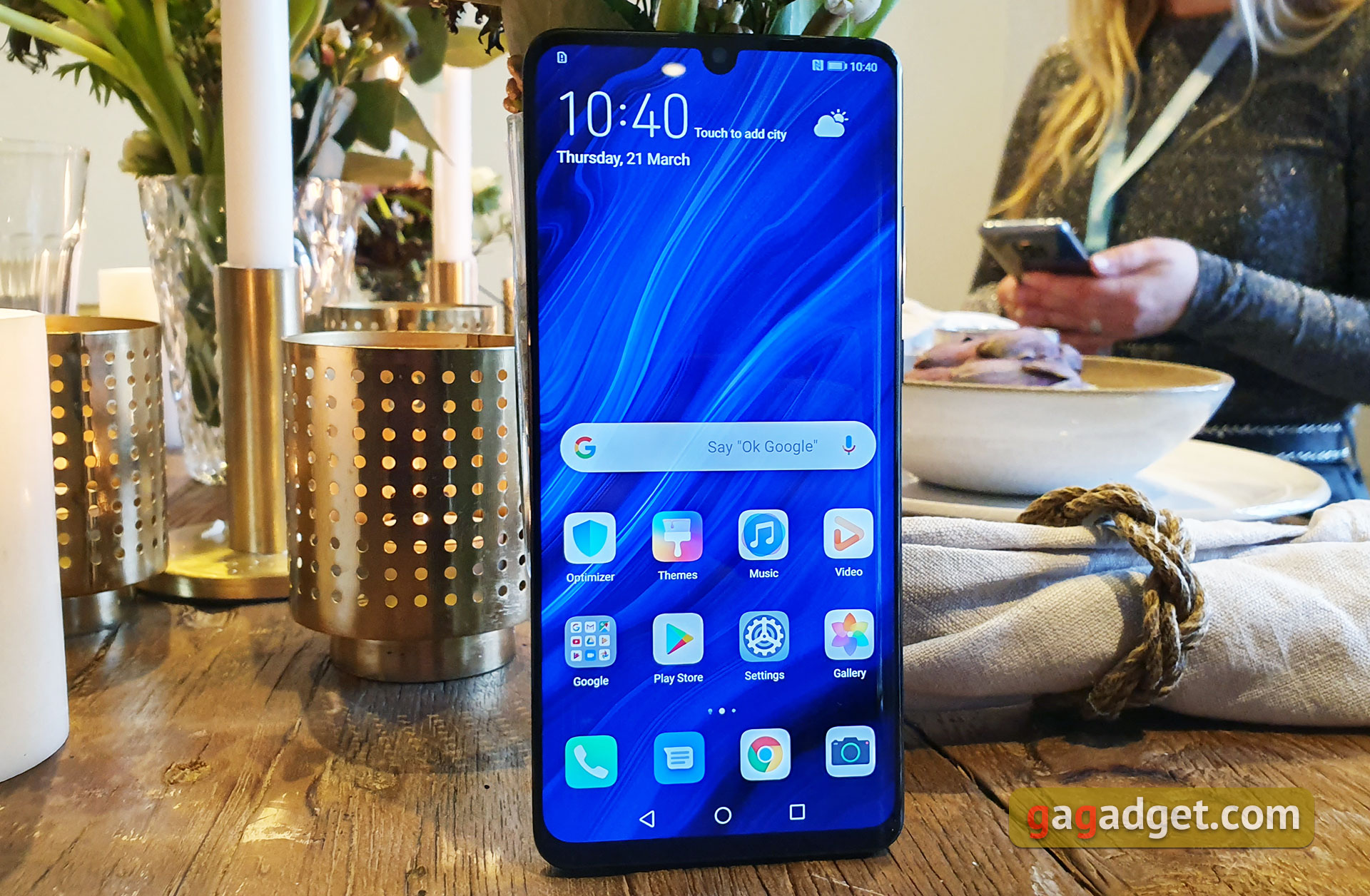
</ img>
For several years now, Huawei has been holding two large-scale smartphone presentations a year: in the spring - the flagship P-line,
What's new in the Huawei P30 Pro compared to the P20 Pro?
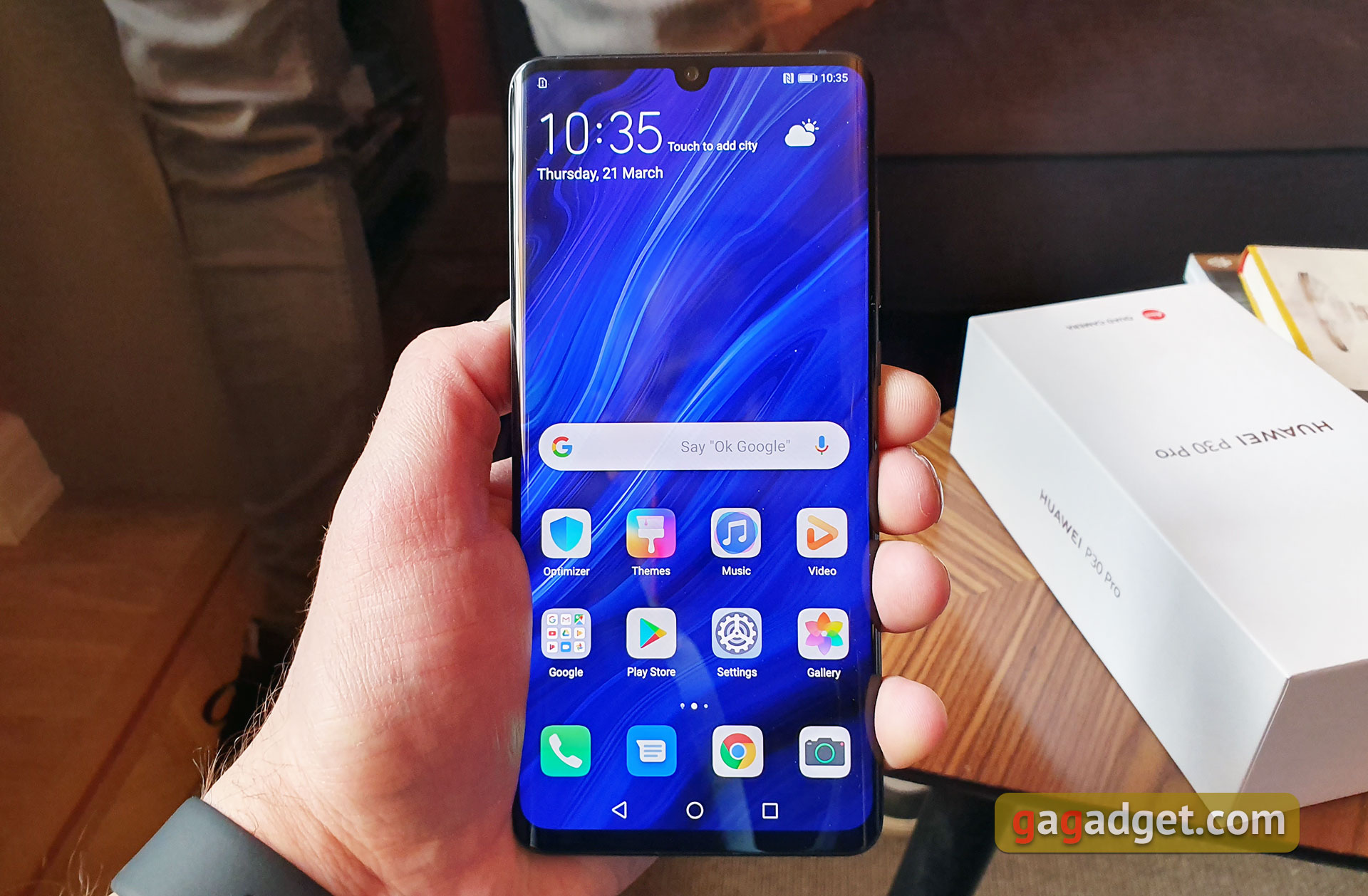
</ img>
- The smartphone screen has increased in size from 6.1 to 6.47 inches. At the same time, an OLED curved on the sides is used, the frames have become even smaller, the wide notch has been replaced with a smaller teardrop-shaped one, and the fingerprint scanner is now located directly under the display, which has made it possible to reduce the chin. As a result, the size of the smartphone itself has not increased dramatically.
- The most powerful one at the moment is installed insideKirin 980 processor instead of the 970. RAM - 6 or 8 GB, and built-in - 128/256/512 GB plus a slot for memory cards. But it's NM (Nano Memory) standard, so it won't be easy to find.
- Radically updated the main camera. Now it includes as many as four modules and can do much more. We will tell about it in more detail below.
- The battery has increased from 4000 to 4200 mAh (not so significant when the display is enlarged), proprietary 40W fast charging via cable and 15W wireless charging is now supported.
Why are the cameras so good?
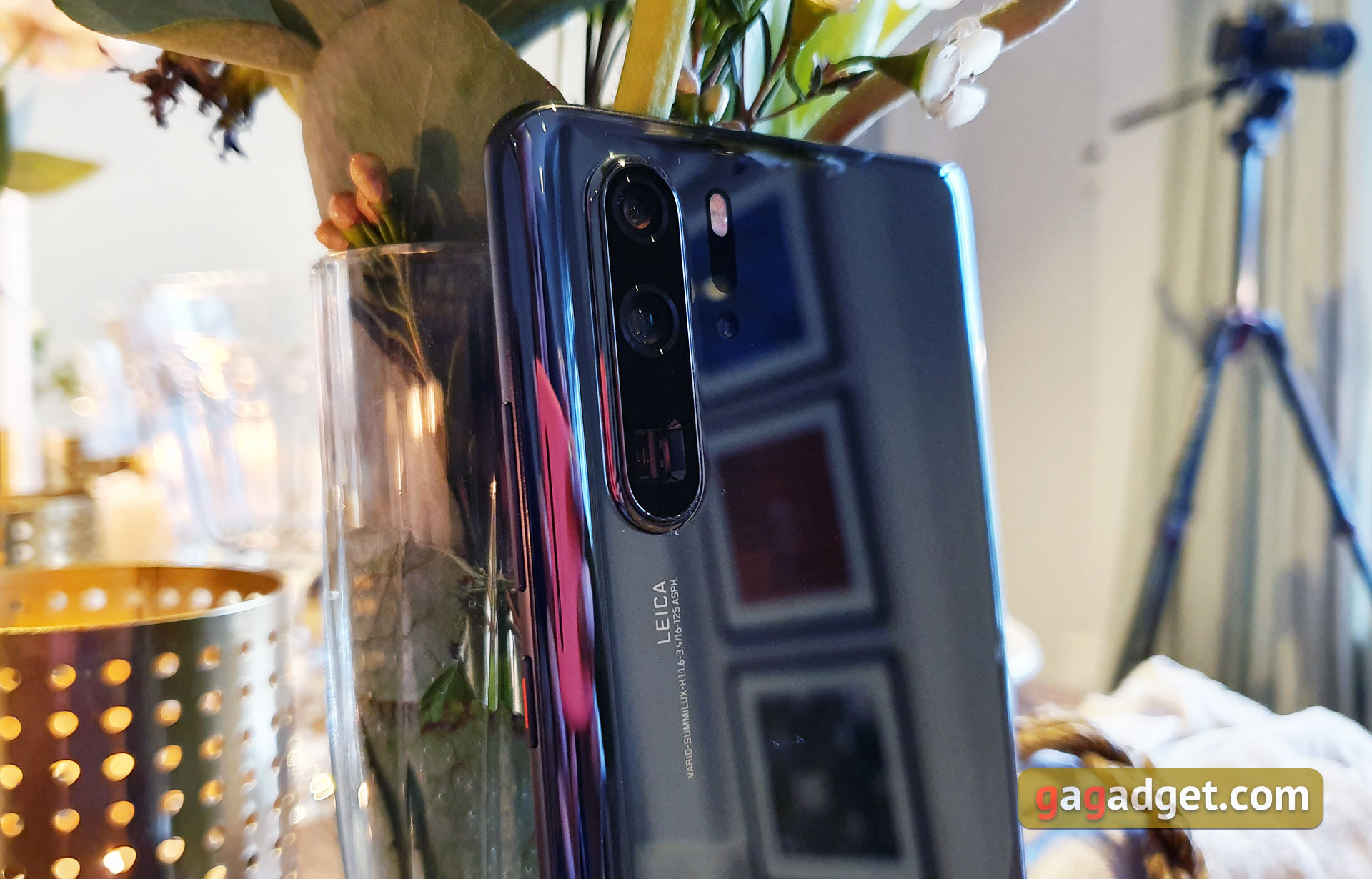
</ img>
For several years now, Huawei and Leica have been workingworking on developing cameras for their flagship smartphones and this gives very real and objective results: Huawei P20 Pro takes excellent pictures. But with the P30 Pro, the company decided to go even further and changed or improved almost everything in the main camera. And they added a few unique things. The main module still has a resolution of 40 megapixels, but it now uses the RYYB scheme instead of the usual RGGB. In other words, instead of green, they decided to use yellow in the filter, which, according to the developers, will give a significant increase in the amount of light entering the matrix. At the same time, the matrix size remained the same: 1/1.7″. Optics - f/1.6, there is optical image stabilization, phase and laser autofocus. The maximum sensitivity value is impressive: ISO 409600.
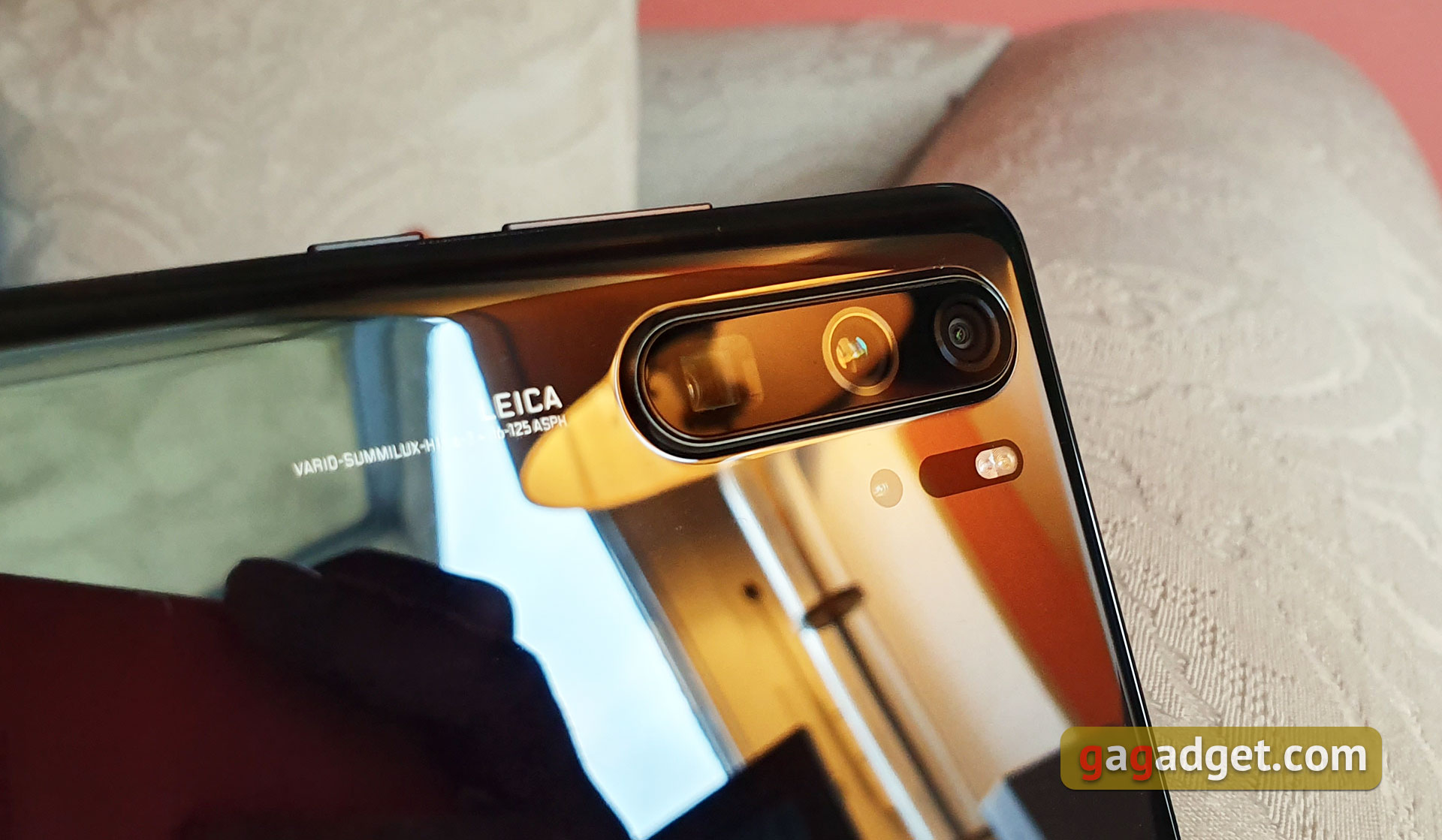
</ img>
Numerous rumors confirmed, Huawei P30The Pro does get a camera with 5x optical zoom. This became possible thanks to the use of an optical system based on the principle of a periscope with a prism. The module has a resolution of 8 megapixels, 1/4″, f/3.4 optics and optical stabilization. As a result, we also have a 10x hybrid zoom. Of course, there is also digital up to 50x, but, of course, with a loss of resolution. The third module is 20 megapixels with ultra-wide-angle optics, f/2.2, 1/2.7″. Interestingly, (unlike Samsung flagships) it has autofocus and thanks to it, a super macro mode is implemented. The camera can shoot at a distance of 2.5 cm. And the fourth module is the so-called ToF camera (Time of Flight). The principle of operation and purpose are similar to a laser rangefinder: the sensor emits light and records the speed of its reflection from the object. Thanks to this, the distance to objects is measured and a kind of “virtual” a picture of what is happening. It is claimed that thanks to this module, the smartphone will be able to recreate the bokeh effect of DSLR cameras. Well, of course, it will be used for all sorts of AR solutions, including measuring the size of an object in the frame.
The “intellectual”camera capabilities, including automatic scene recognition in the frame, AI stabilization, which works together with optical stabilization, including when shooting videos. There is a night shooting mode already familiar from previous models, a silky water surface effect and a bunch of other interesting features. We managed to devote some time to a superficial “test drive” cameras in slightly limited conditions. But now we can say that, to some extent, the camera can do miracles. To begin with, a photo in “regular” conditions:

</ img>

</ img>

</ img>
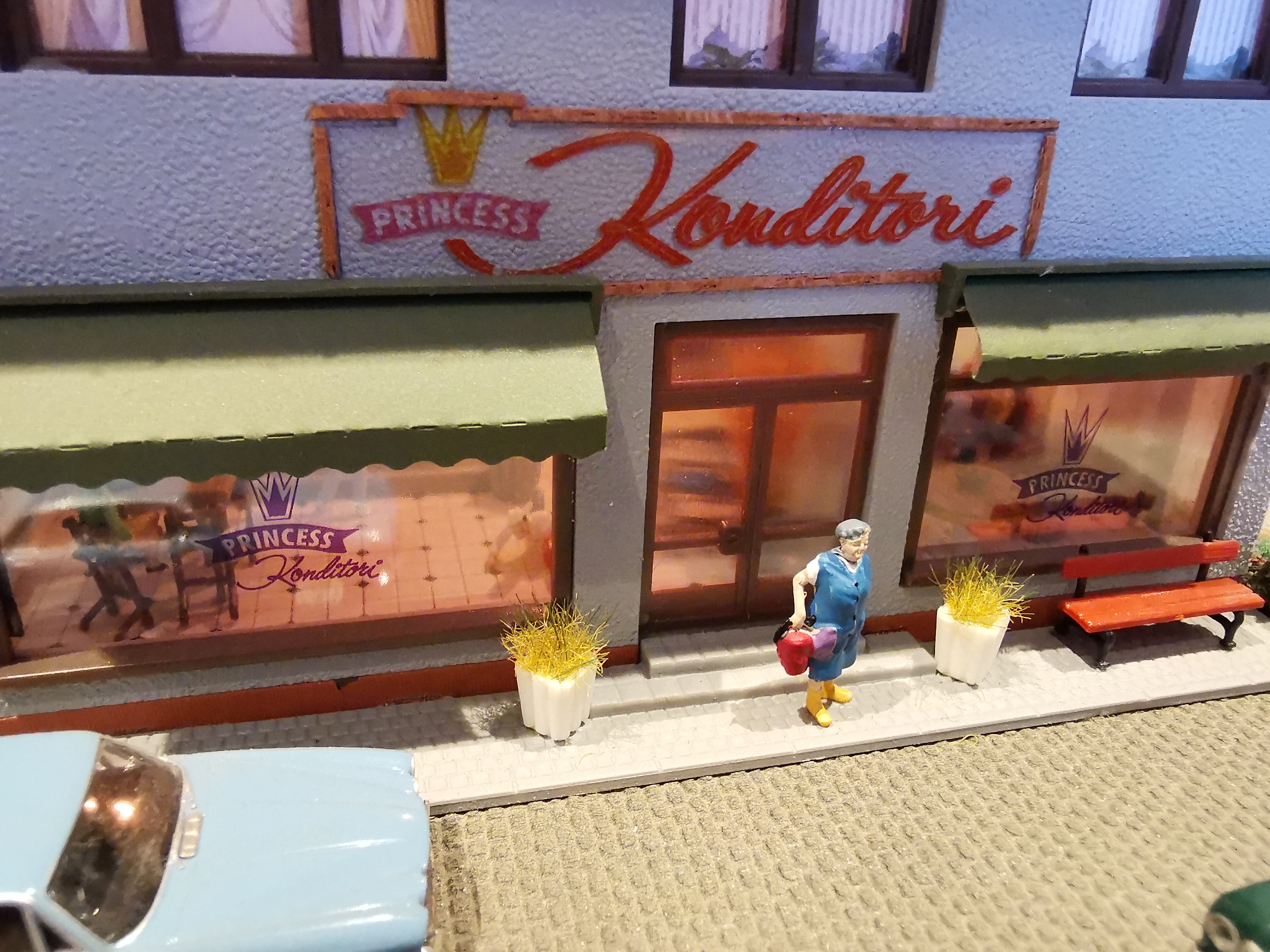
</ img>

</ img>

</ img>

</ img>

</ img>

</ img>

</ img>

</ img>

</ img>

</ img>

</ img>










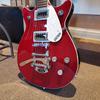



The main camera, ultra-width, 5x and 10x zoom from one point:
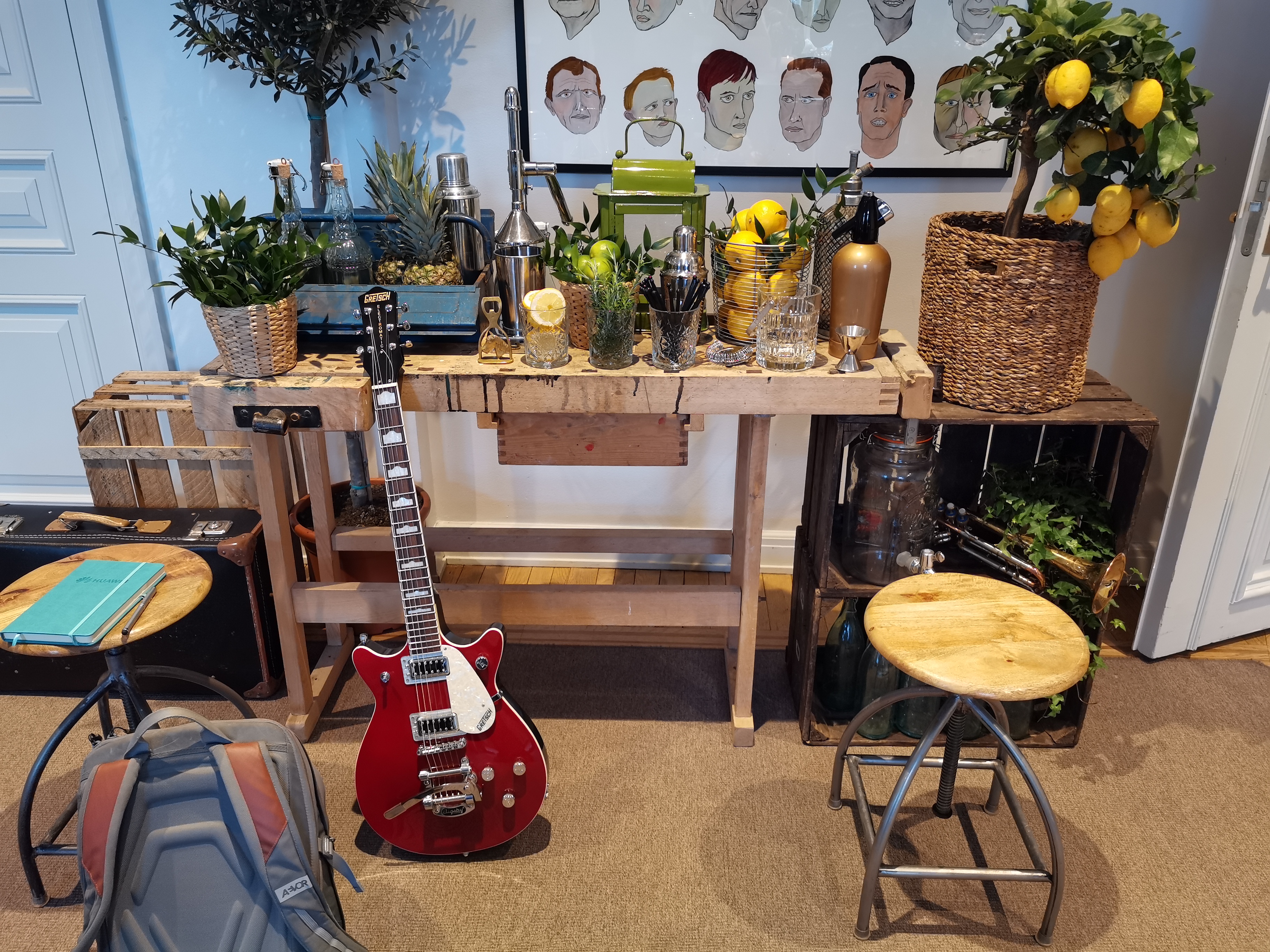
</ img>

</ img>

</ img>

</ img>




Portrait mode:

</ img>

</ img>


Auto and night mode:
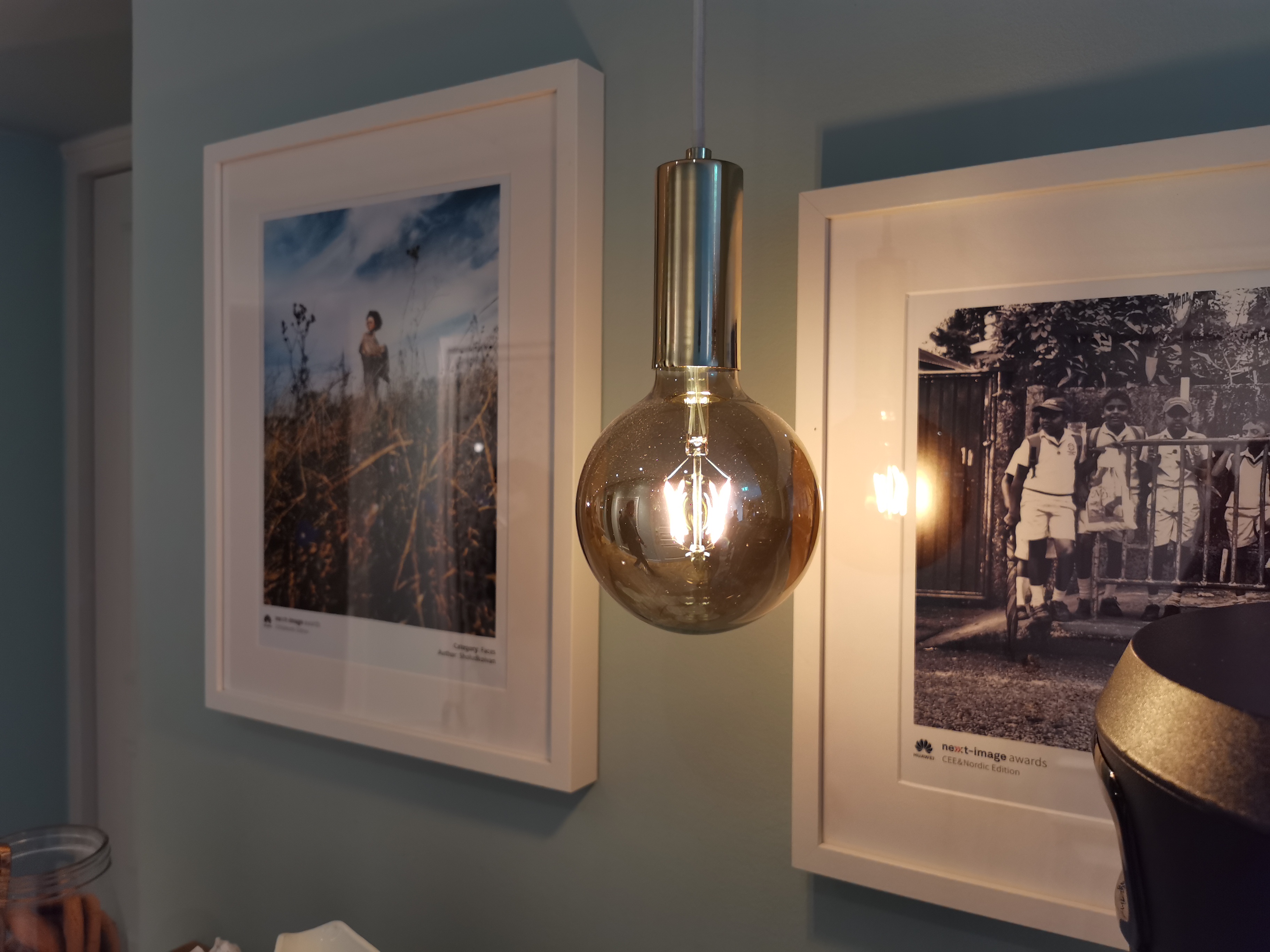
</ img>
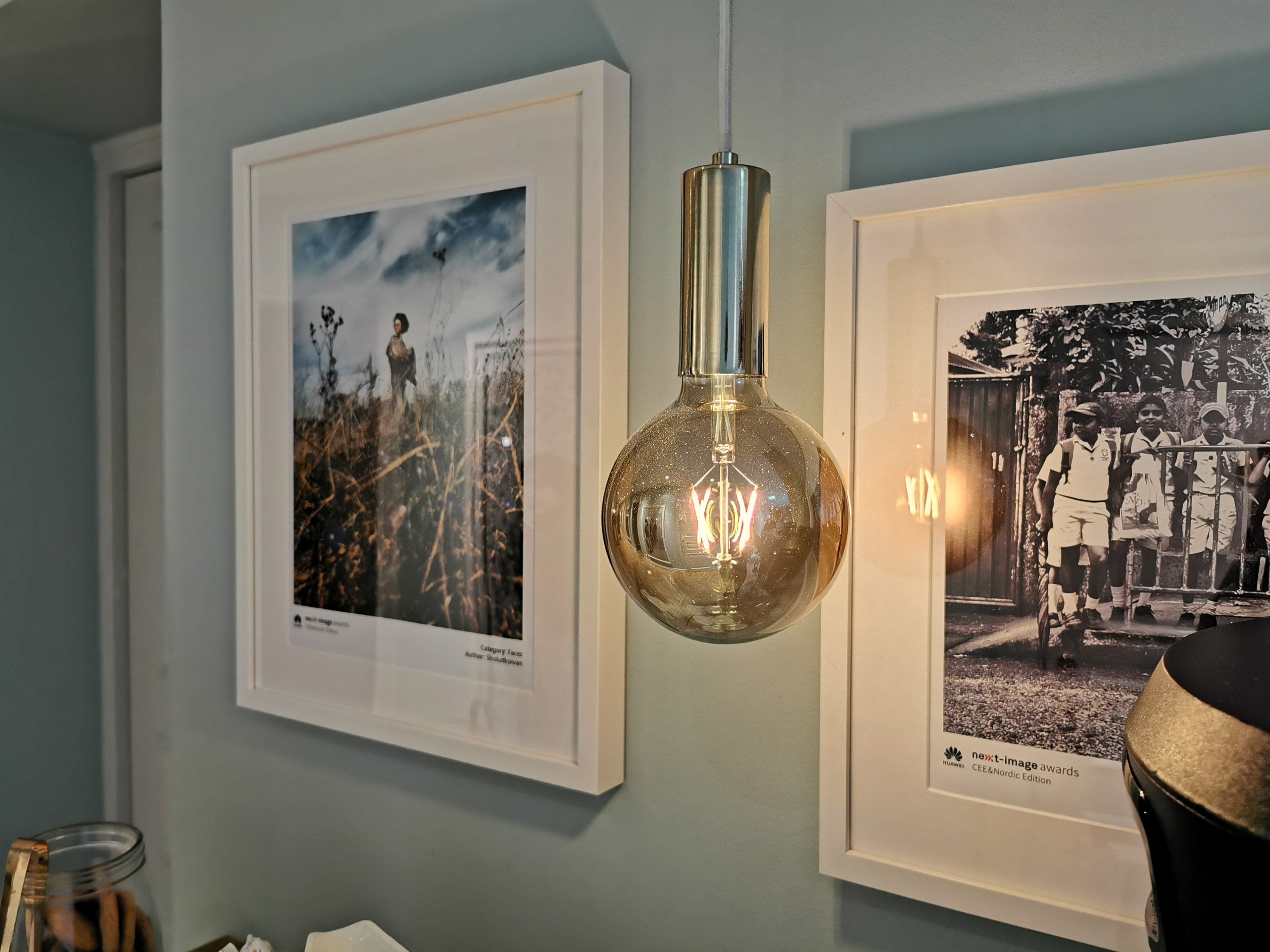
</ img>


Super Macro:

</ img>

</ img>

</ img>

</ img>




To assess the capabilities of the camera in poor lightingWe were led into a dark room, in which from the light sources there was a small light bulb inside a toy house in the middle of the room and a light bulb in a surge protector near the wall. In other words, man can see almost nothing. But for the camera Huawei P30 Pro this was not a problem. And if in automatic or night mode, the camera makes excellent quality shots, in which it is generally understood that there is a minimum of lighting:
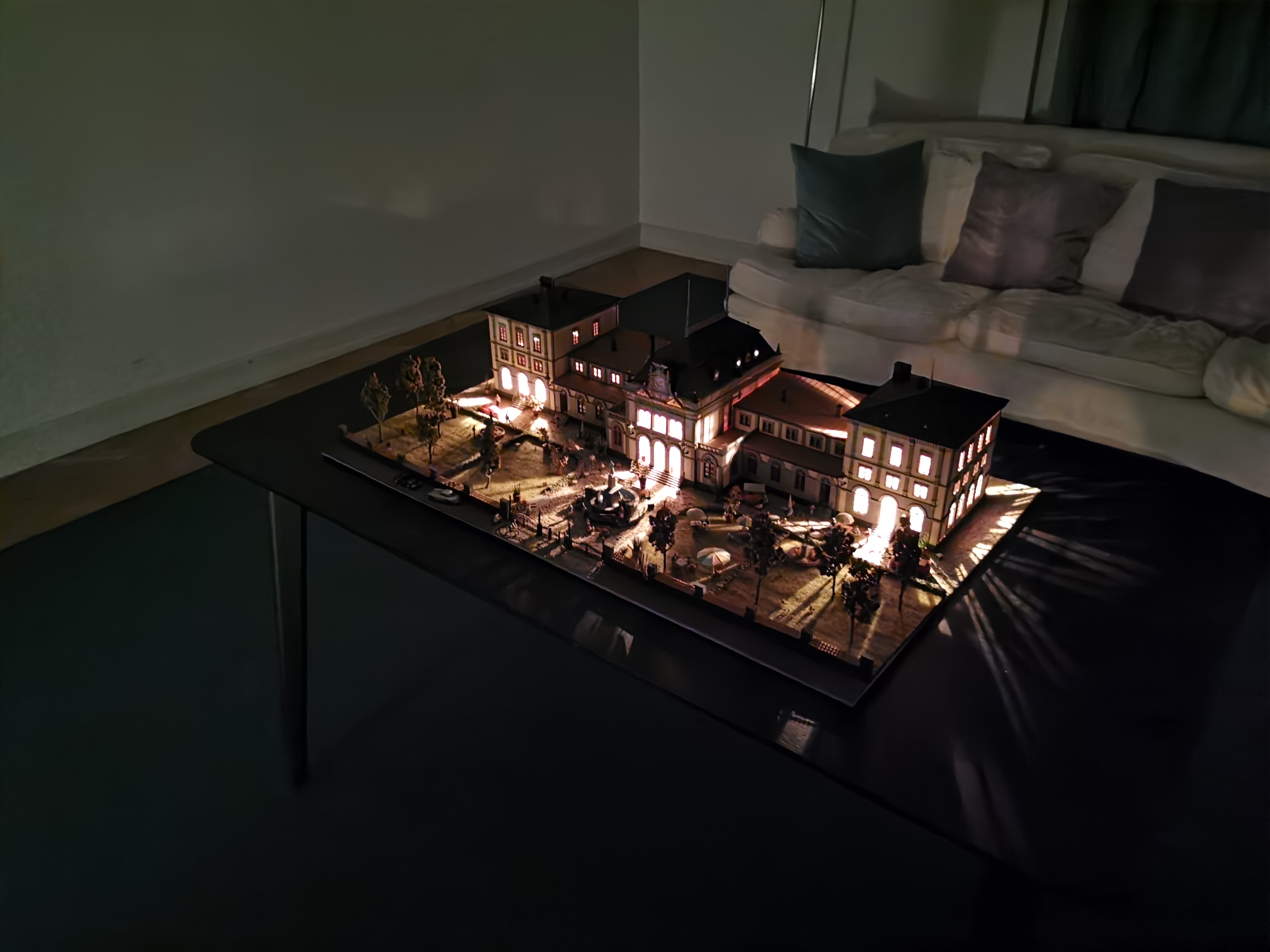
</ img>

</ img>

</ img>

</ img>




Then in manual mode with ISO limit valuesmiracles begin. Apparently the laser rangefinder is used for autofocusing: my eyes could not make out anything in this darkness, but the smartphone did quite well, albeit not always. But I managed to get a few pictures that give the impression that the room is well lit. Although in fact, the man almost can not see anything. I admit honestly, I have never seen anything like this before:
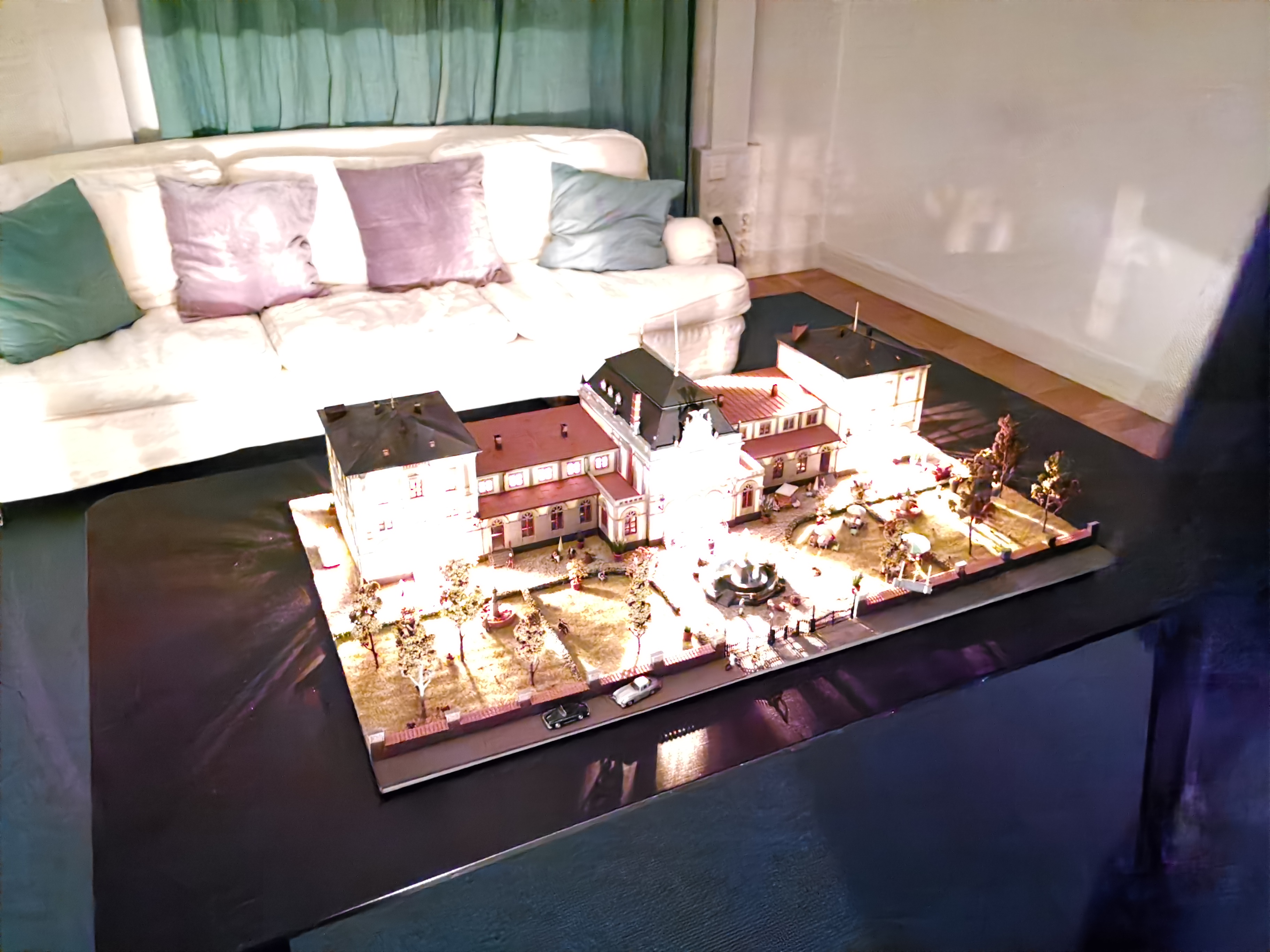
</ img>

</ img>

</ img>



Video shoots smartphone shoots very wellfeel the work of the stabilizer. It is possible to switch to an ultra-wide or zoom camera during recording. But these transitions are still difficult to call smooth:
It is especially difficult while with the transition and shooting at 5x zoom:
There is one front camera, 32 megapixels, f/2.0. It shoots quite well:

</ img>
In more detail we will deal with the capabilities of the camera already in the detailed review.
Design updated?
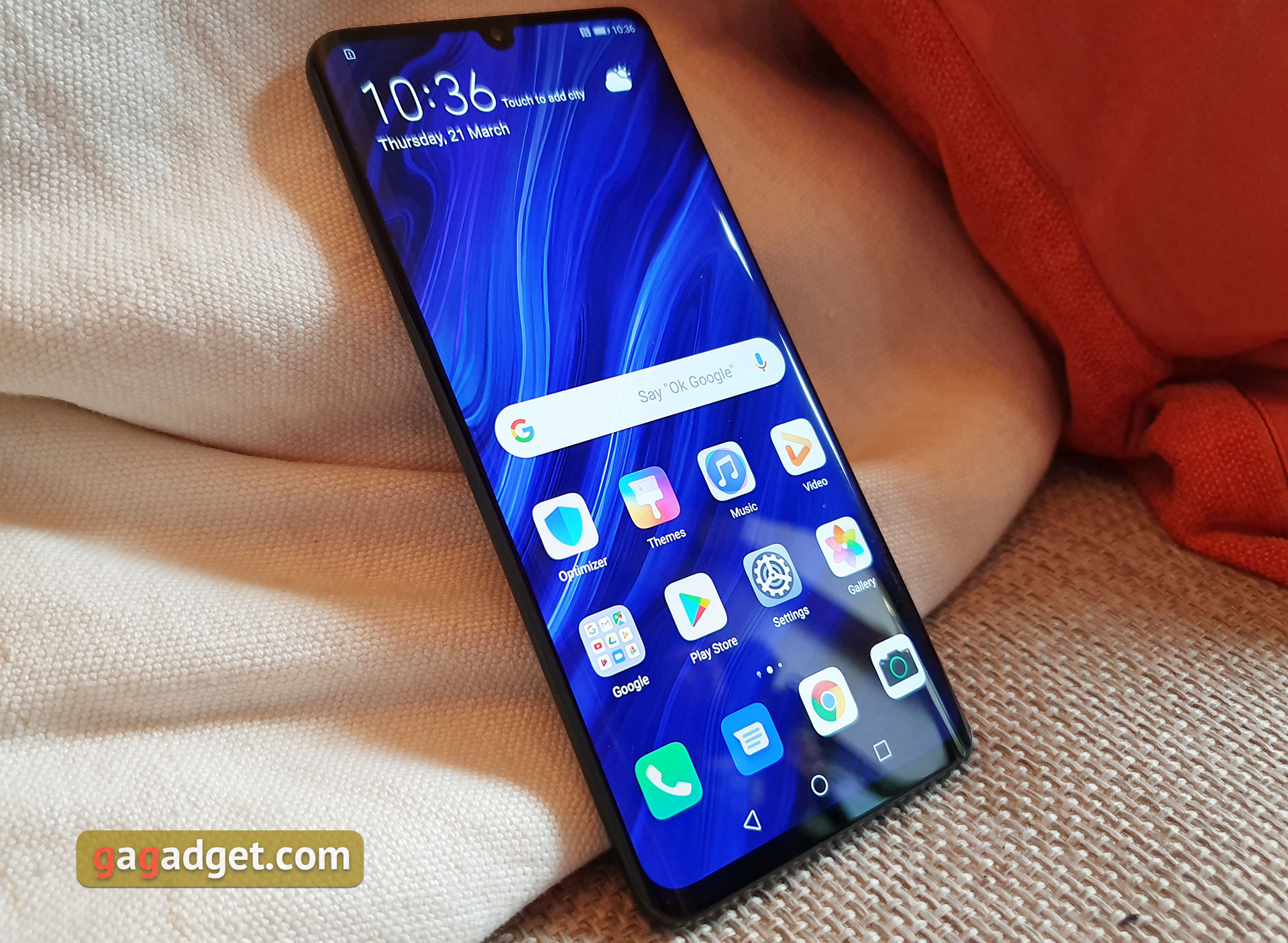
</ img>
The smartphone is still made of glass and metal andin general, it inherited some features of its predecessor, but there are enough innovations. On the front there is a huge display with curved sides and a teardrop-shaped cutout for the camera. By the way, there is no speaker above the screen: it is “built” into the screen. At the same time, there is only one external speaker at the bottom.

</ img>
The frame is metal, but the top and bottom edgesmade "chopped" and not round. Buttons and connectors are located in the usual places, and there is an infrared port for controlling electronics. There is no 3.5 mm jack, at the bottom there is a speaker, Type-C and a tray into which you can insert either 2 nanoSIMs, or replace the second one with a Nano Memory (NM) card.

</ img>
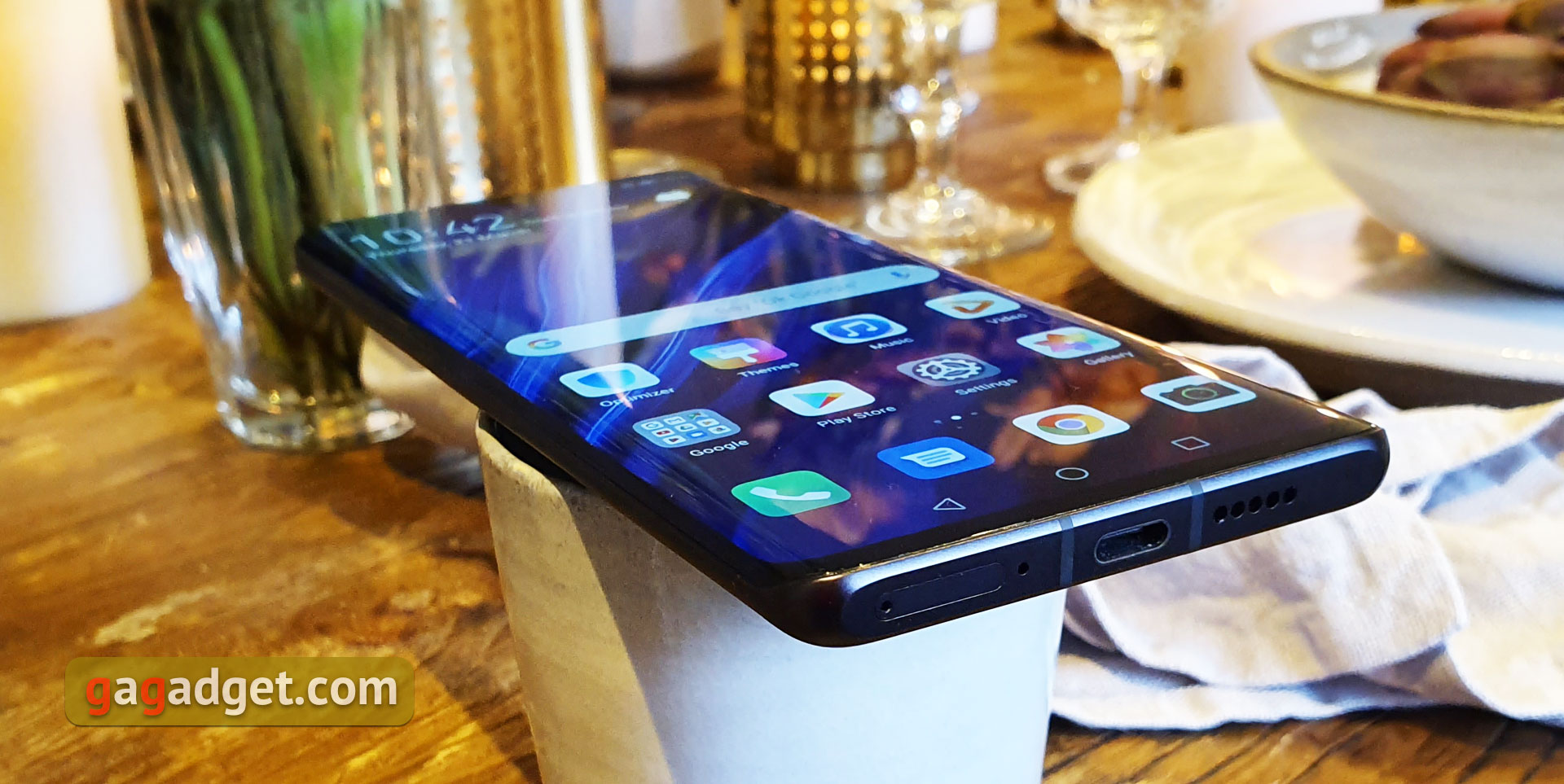
</ img>


The case is protected according to the IP68 standard.In addition to “strict” There will also be gradient colors in classic colors. According to the company, the designers drew inspiration from nature. For example, there is a white-blue gradient that developers associate with the salt flats of Bolivia:
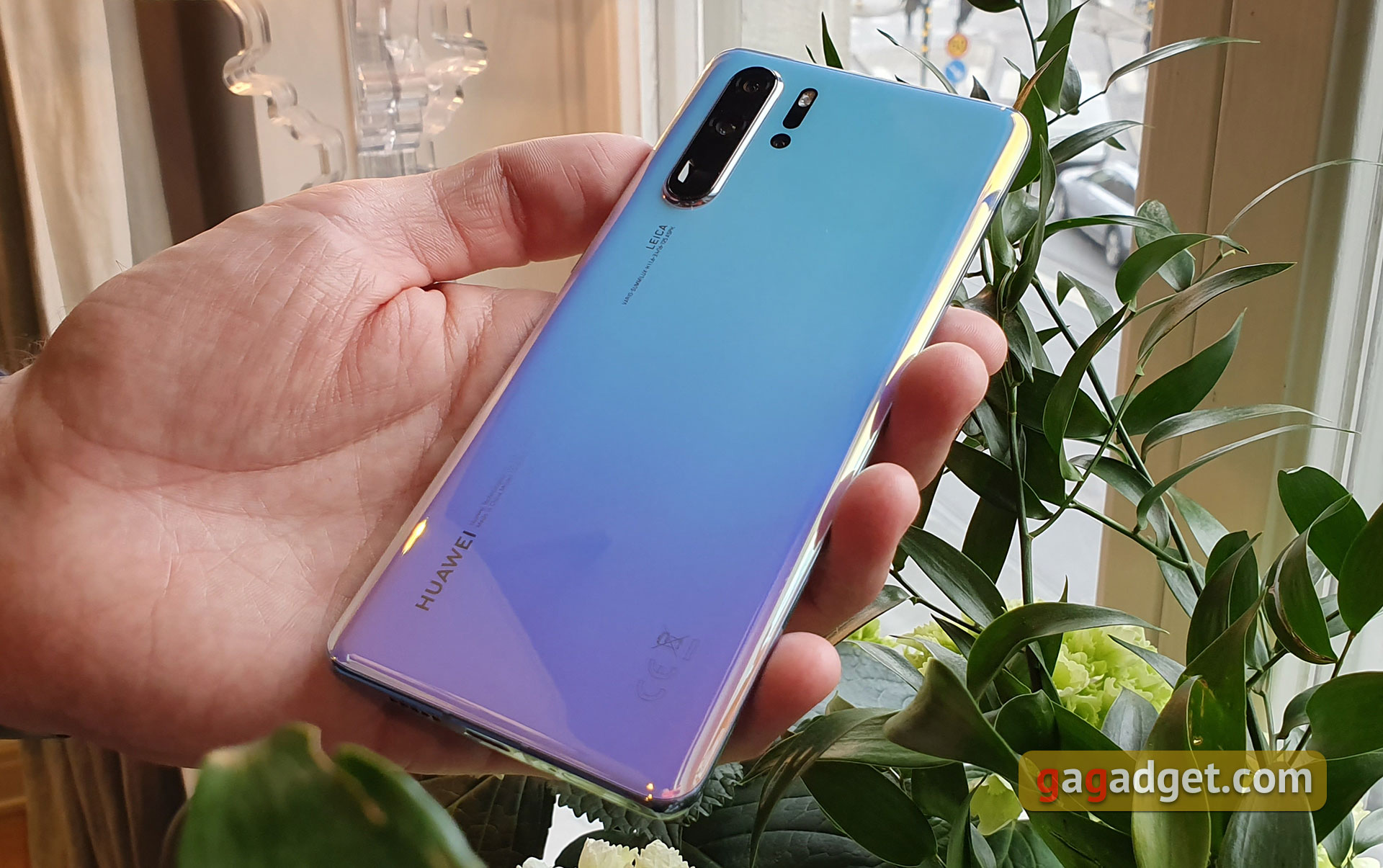
</ img>
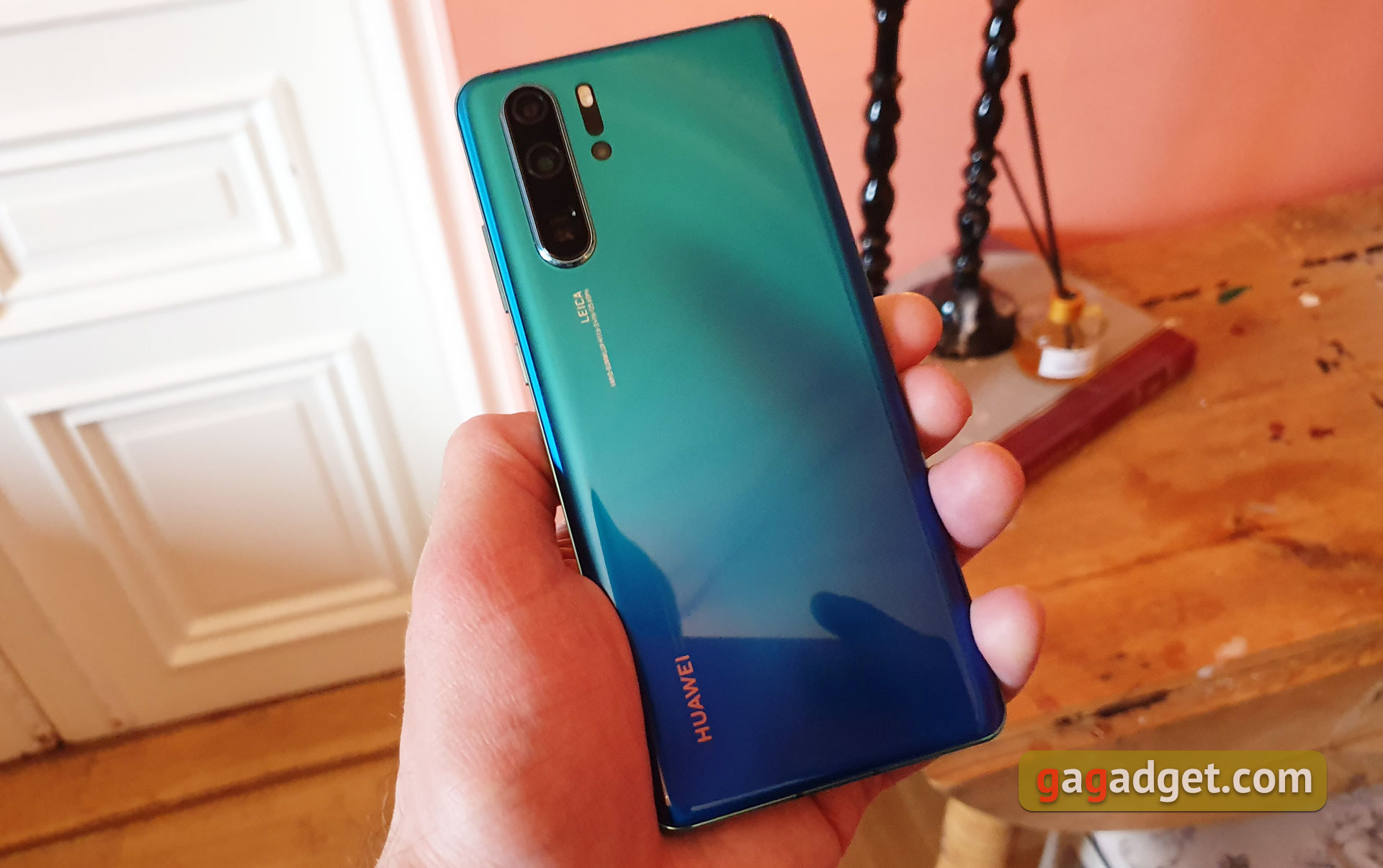
</ img>

</ img>


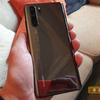
What is the specifications?
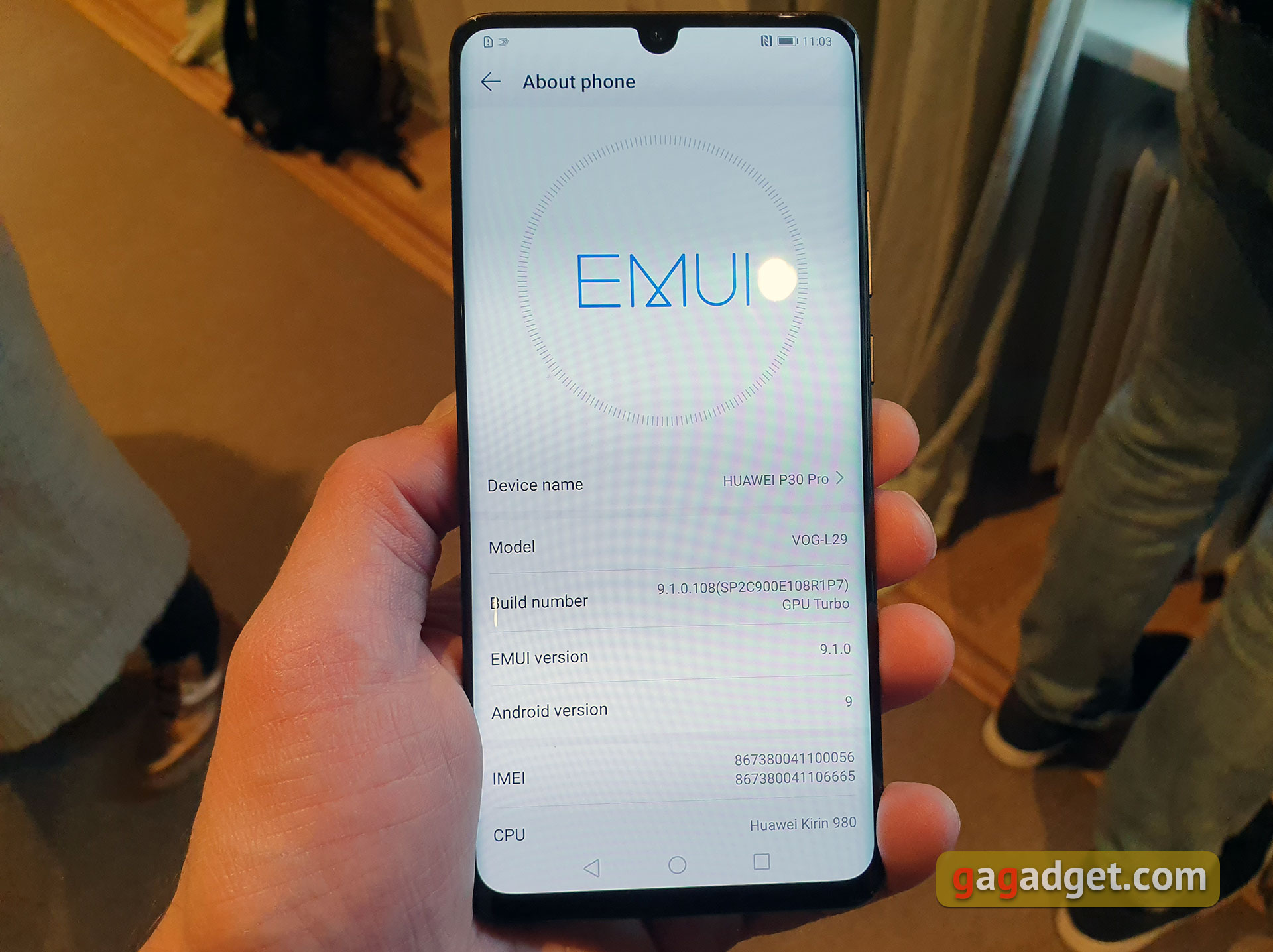
</ img>
We have already mentioned the screen:This is a huge curved OLED with a diagonal of 6.47 inches 2340x1080. Visually it looks high quality. “Laboratory” We will conduct tests during the full review. The hardware is close to the Mate 20 Pro. 7nm flagship processor Kirin 980, which includes 8-cores: 2×2.6 GHz Cortex-A76, 2×1.92 GHz Cortex-A76 and 4×1.8 GHz Cortex-A55, Mali-G76 graphics MP10 and dual neural processor for machine learning. RAM - 6 or 8 GB, built-in - 128, 256, 512 GB. We have not yet been given performance tests, but I suspect that there will be no problems with performance: we have already seen a similar configuration in the Mate 20 Pro.
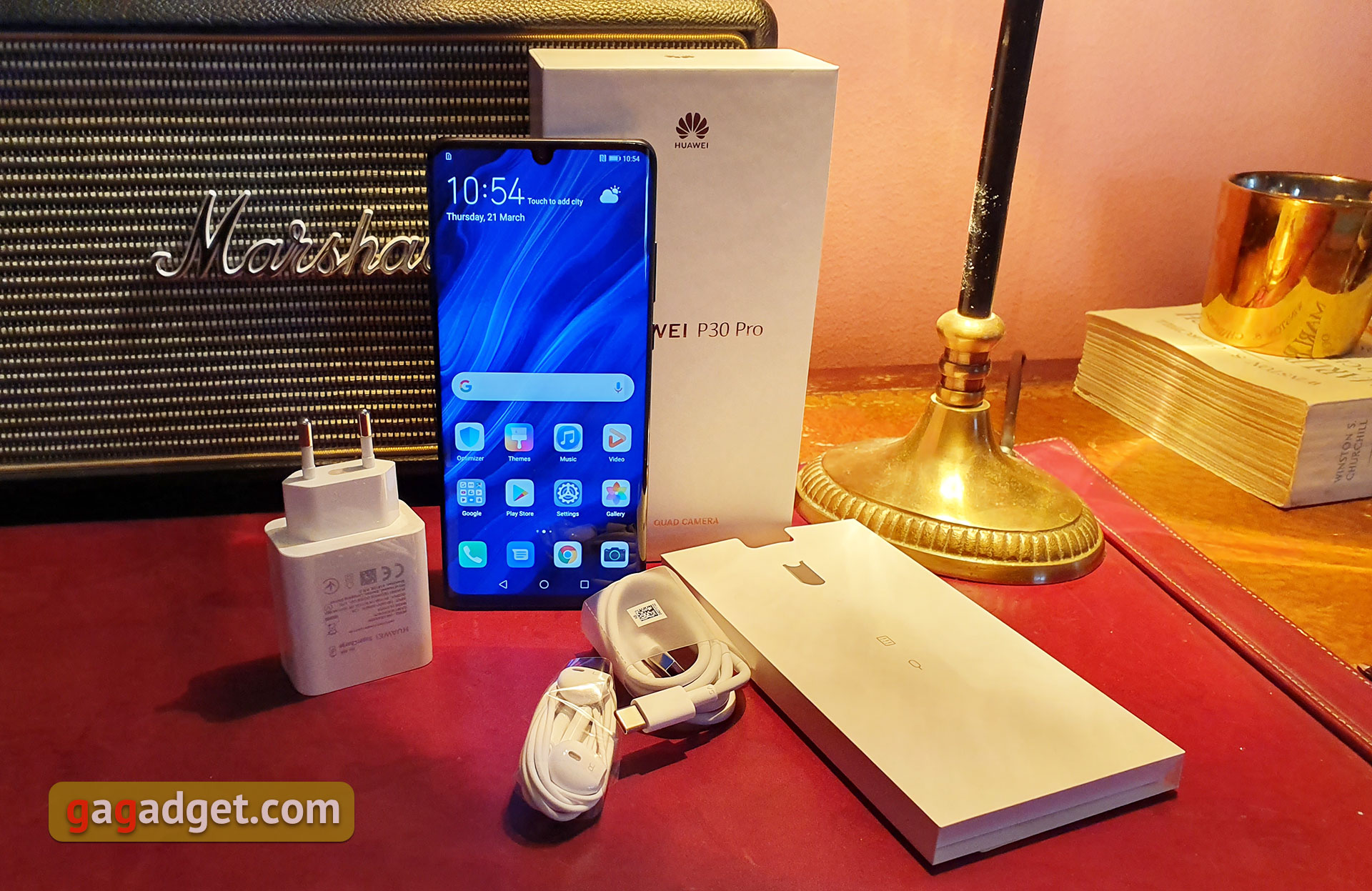
</ img>
Battery capacity - 4200 mAh, supportedfast charging 40 W via cable, the corresponding power supply will be included. They promise 70% charge in 40 minutes. Supports 15W wireless charging and reverse wireless charging. The fingerprint scanner is located under the screen. It is optical, generally works accurately, but is a little slower than traditional solutions.
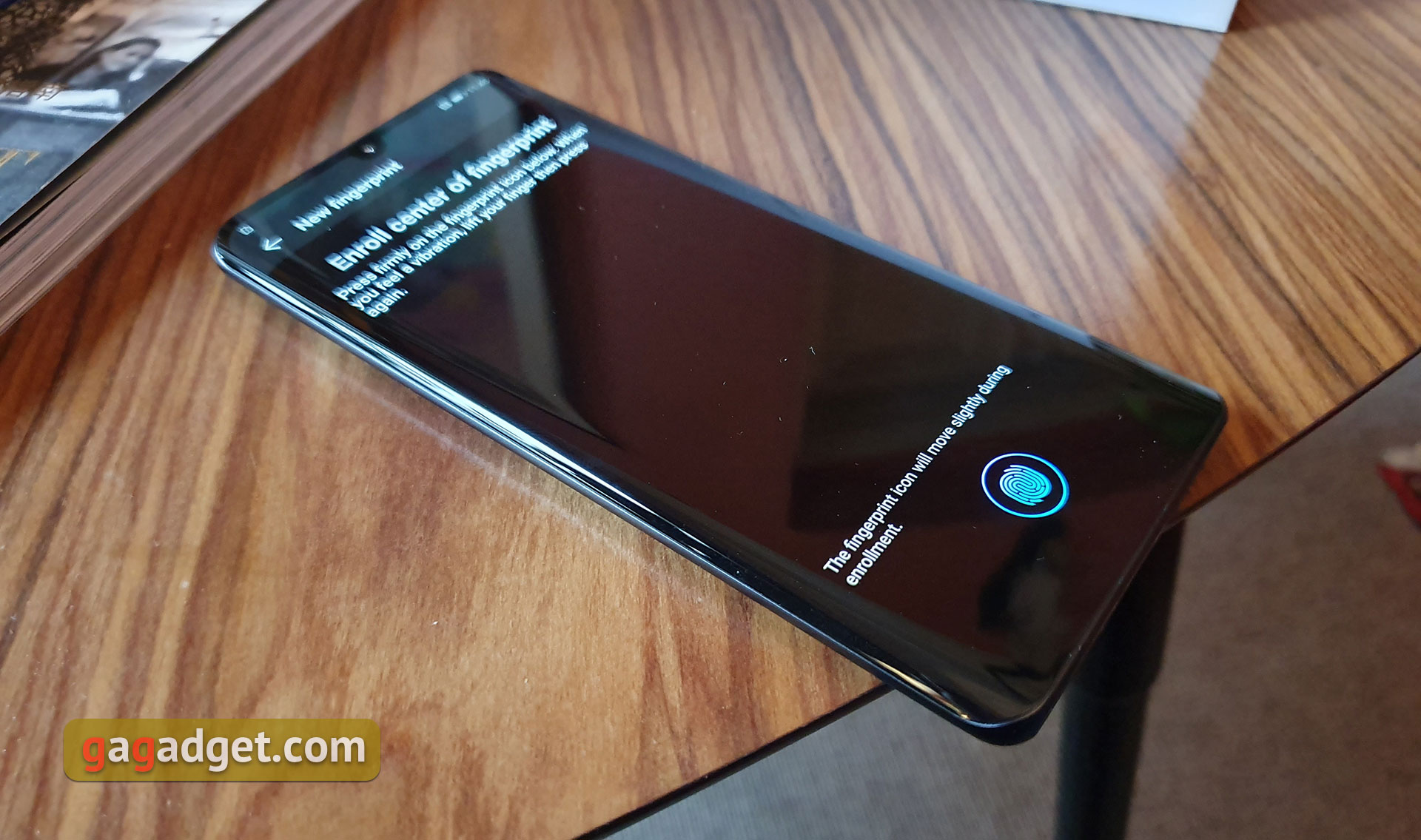
</ img>
What you need to know about the Huawei P30?

</ img>
The younger model Huawei P30 is smaller: screen 6.1 inch, no bends. In terms of internals, everything is similar to the older Huawei P30 Pro: the same processor, 6 GB of RAM, a fingerprint scanner under the screen. Battery capacity - 3650 mAh. The main camera migrated from the Huawei P20 Pro: the main RGB module is 40 megapixels 1/1.73” with an f/1.8 aperture, 27 mm EGF, an additional 8 MP with an f/2.4 telephoto lens, 80 mm EGF and a monochrome 20 MP, f/1.6 ,27mm, which is used to obtain illumination and dynamic range data.
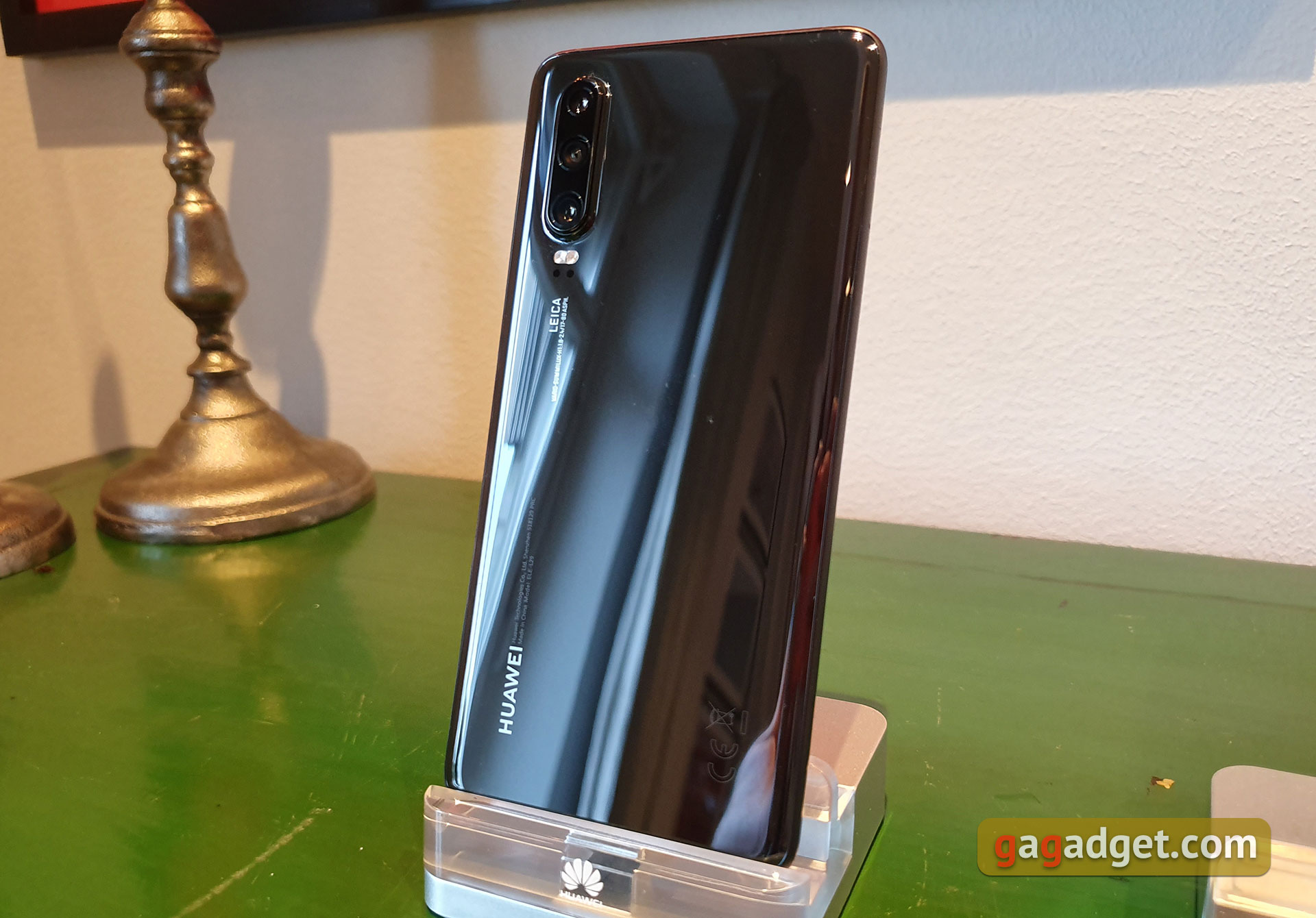
</ img>
Formal protection: IP53, so that the rain will survive, but you should not drop into a puddle. There is a 3.5mm headphone jack, but no memory card tray. Although 128 GB in basic configuration is enough.

</ img>
What will be the configuration and at what prices?
In Ukraine, three models from the line will be available. In any case, for now: as practice has shown, over time new colors and configurations may be added. Pre-order for them is likely to be available in the main online stores today, and they will arrive in the coming weeks. Prices:
- Huawei P30 6/128 GB:23 000 UAH
- Huawei P30 Pro 6/128 GB:28 000 UAH
- Huawei P30 Pro 8/256 GB:33 000 UAH
Do you know what
Huawei P30 is not yet sold, but it can already be purchased on Aliexpress accessories:
- screen protector
- imitation leather case
- tempered glass on a triple chamber module
- reliable shockproof case
- soft silicone case
Huawei P30
Flagship smartphone Huawei 2019 with a camera shooting at night like day
In this smartphone, the manufacturer has focused oncamera: it is able to shoot with a fantastic ISO that reaches 409600 units, which allows you to shoot at night (almost) as during the day. The system of three lenses (normal, wide-angle, long-focus) creates scope for creativity. At the same time, the Huawei P30 uses other advanced technologies: its fingerprint sensor and speaker for calls are built into the display. And the screen itself occupies almost the entire space of the front panel, leaving only a small “drip” notch under the front camera. It is worth noting the protection class IP68 and a special coating of the body of 9 layers of nanoparticles that create branded gradient colors that have become the hallmark of Huawei smartphones.
Order at Rozetka
Order from Comfy
Order from MOYO
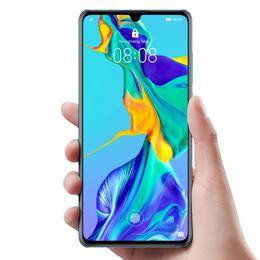
amazing camera